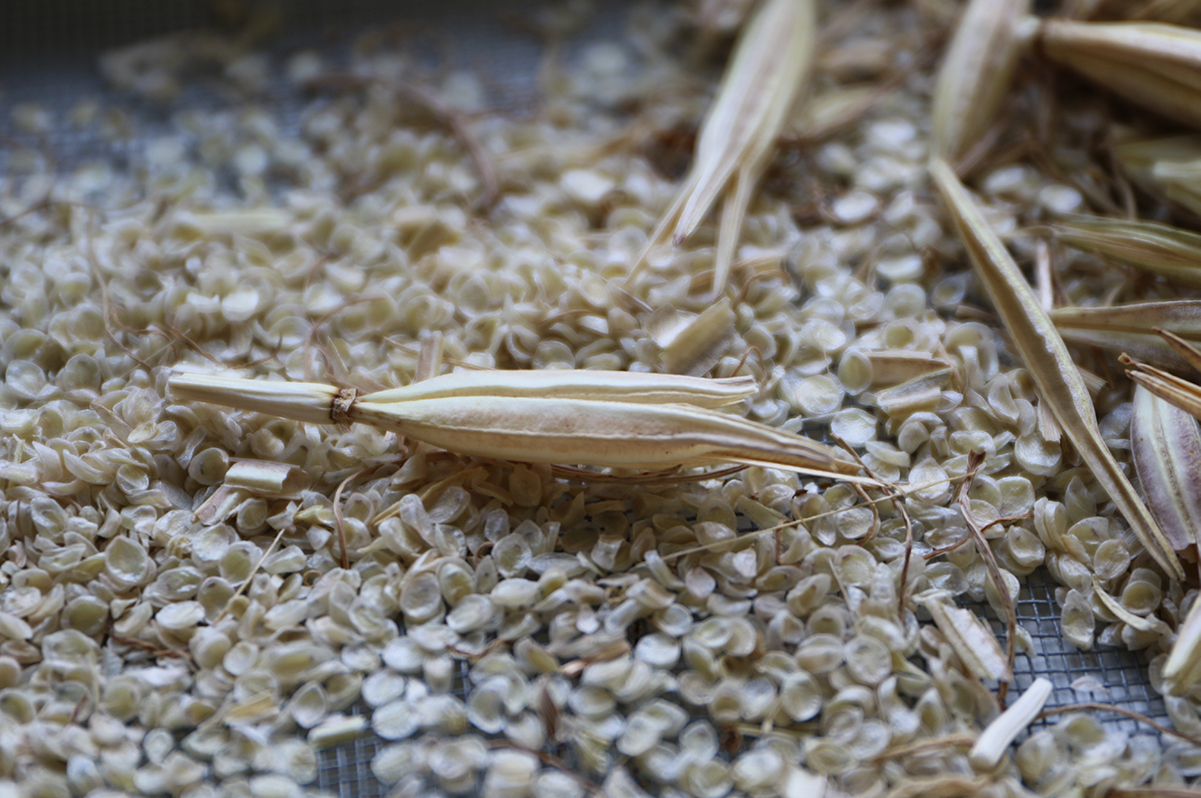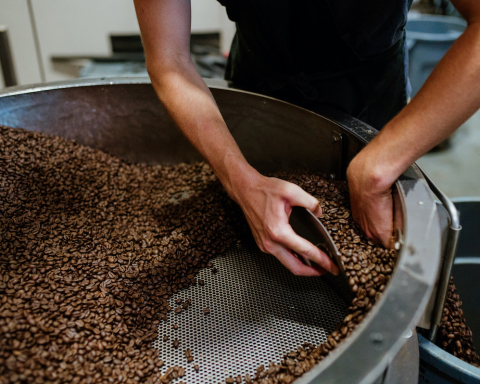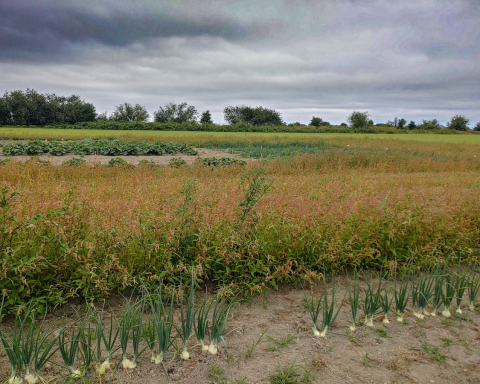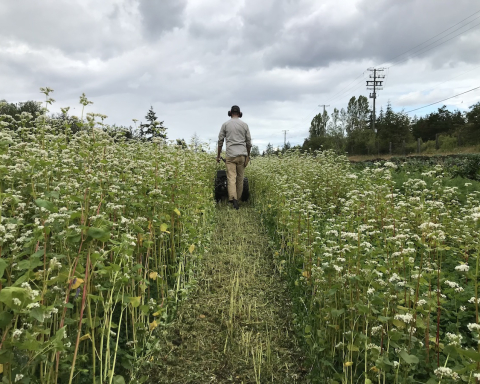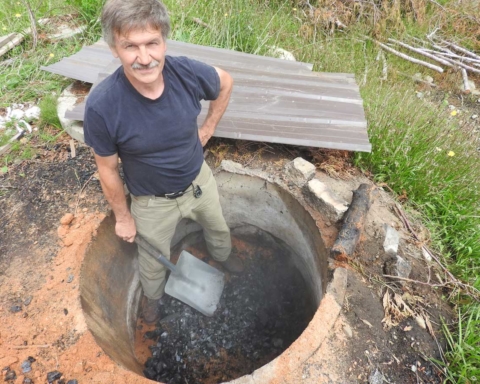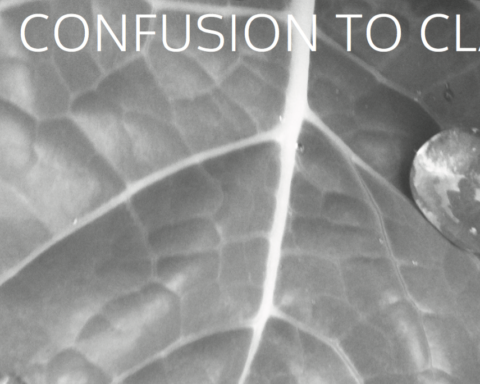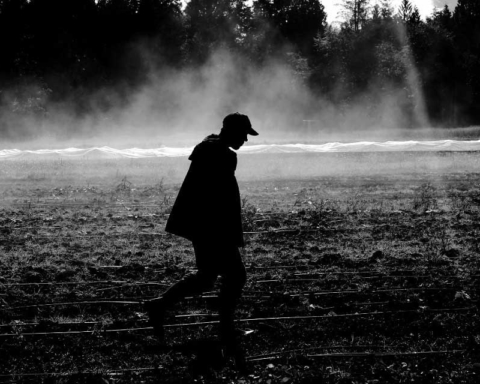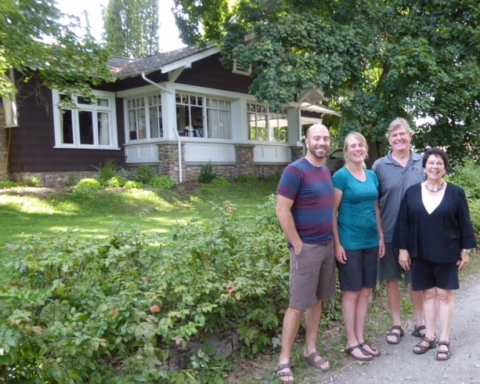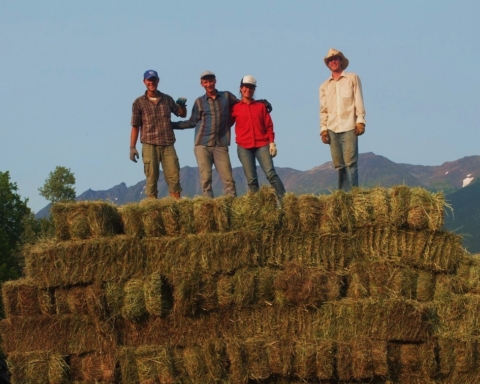Nicholas Peterson

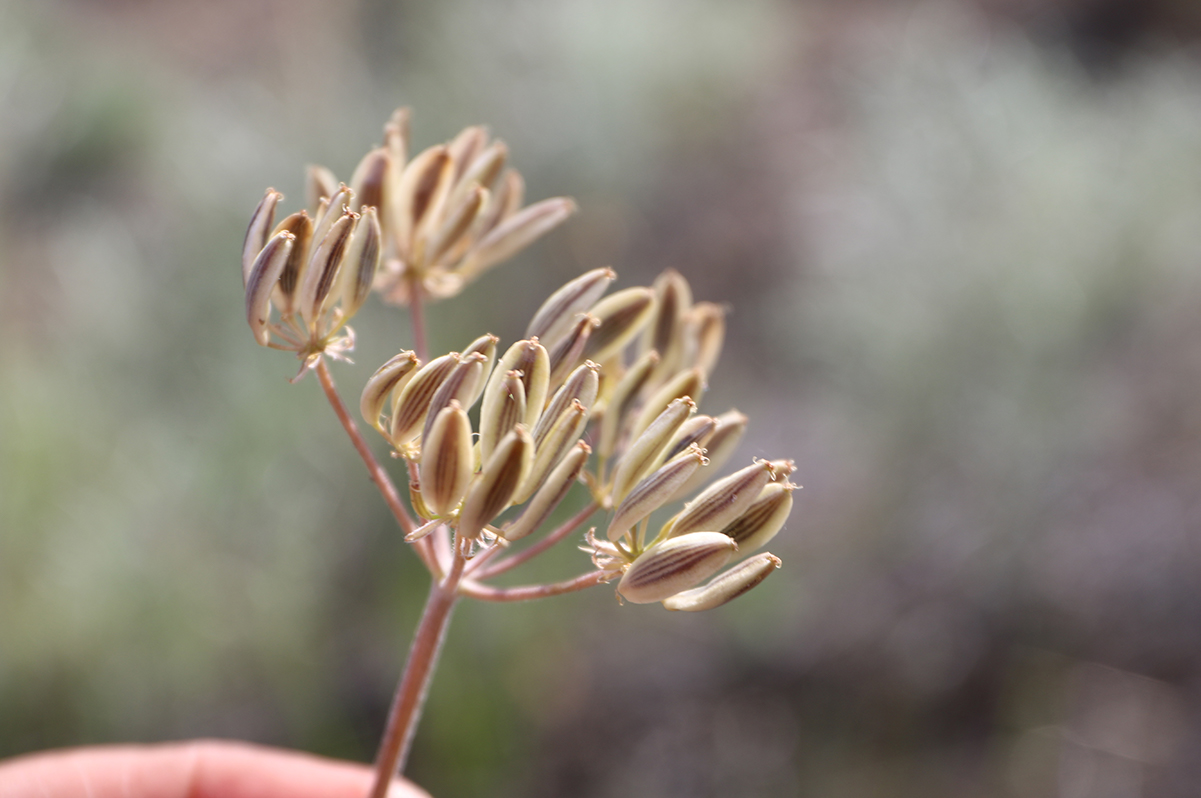

|
Species:
|
Common Name:
|
Life form:
|
|
Achnatherum hymenoides
Achnatherum occidentale
Achnatherum richardsonii
Allium cernuum
Allium geyeri
Amelanchier alnifolia
Arnica latifolia
Balsamorhiza sagittata
Berberis aquifolium
Calamagrostis rubescens
Calochortus macrocarpus
Claytonia lanceolata
Crataegus douglasii
Erythronium grandiflorum
Festuca campestris
Fritillaria affinis
Fritillaria pudica
Gaillardia aristata
Juniperus scopulorum
Lewisia rediviva
Lomatium macrocarpum
Lomatium nudicaule
Prunus virginiana
Poa secunda
Pseudoroegneria spicata
Rosa woodsii
Sheperdia Canadensis
|
Indian Ricegrass
Stiff Needlegrass
Spreading Needlegrass
Nodding Onion
Geyer’s Onion
Saskatoon
Mountain Arnica
Arrow Leaved Balsamroot
Oregon Grape
Pinegrass
Mariposa Lily
Western Spring Beauty
Hawthorne
Glacier Lily
Rough Fescue
Chocolate Lily
Yellow Bell
Brown Eyed Susan
Rocky Mountain Juniper
Bitterroot
Large Fruited Desert Parsley
Barestem Desert Parsley
Choke Cherry
Sandberg Bluegrass
Blue Bunch Wheatgrass
Prairie Rose
Soopolallie
|
Grass
Grass
Grass
Forb
Forb
Shrub
Forb
Forb
Forb
Grass
Forb
Forb
Shrub
Forb
Grass
Forb
Forb
Forb
Shrub
Forb
Forb
Forb
Shrub
Grass
Grass
Shrub
Shrub
|
I am grateful to Thompson Rivers University for the opportunity to do research and to further my education. I have high hopes of seeing more native seed used in future restoration and reclamation projects. My intention is that this research will further the practical application of these techniques in restoring ecosystems, while encouraging farmers, backyard gardeners, and anyone who manages land to include native plants in their ecosystems.
Nicholas Peterson is a farmer at Nicola Valley Produce (www.growinggarlic.ca) with his wife Vileena and five children, specializing in gourmet garlic cultivars. He is a member of the Lower Nicola Indian Band in Merritt, BC, and was elected Councillor in 2013. Nicholas is currently working on his Masters of Environmental Science from Thompson Rivers University, exploring Native Seed Germination for land reclamation and restoration. Nicholas has always had a passion for growing plants and learning more about his natural surroundings. He loves learning and applying the principals taught to him through his First Nations heritage.
Photos: All photos by Nicholas Peterson
Reference Cited:
Burton, Philip j.; Burton, C.M. (2002) Promoting genetic diversity in the production of large quantities of native.Ecological restauration,20, 117–123.
Dong, X., Dai, G., Ulgiati, S., Na, R., Zhang, X., Kang, M. & Wang, X. (2015) On the Relationship between Economic Development, Environmental Integrity and Well-Being: The Point of View of Herdsmen in Northern China Grassland.Plos One,10, e0134786.
Franzese, J. & Ghermandi, L. (2011) Seed longevity and fire: Germination responses of an exotic perennial herb in NW Patagonian grasslands (Argentina).Plant Biology,13, 865–871.
Gonzalez, S.L. & Ghermandi, L. (2012) Fire cue effects on seed germination of six species of northwestern Patagonian grasslands.Natural Hazards and Earth System Science,12, 2753–2758.
Landis, T.D. (2000) Where there’s smoke…there’s germination?Native Plants Journal,1, 25–29. Miller, A.M., Davidson-Hunt, I.J. & Peters, P. (2010) Talking about fire: Pikangikum First Nation elders guiding fire management.Canadian Journal of Forest Research,40, 2290–2301.
Read, T.R. & Bellairs, S.M. (1999) Smoke affects the germination of native grasses of New South Wales.Australian Journal of Botany,47, 563–576.


